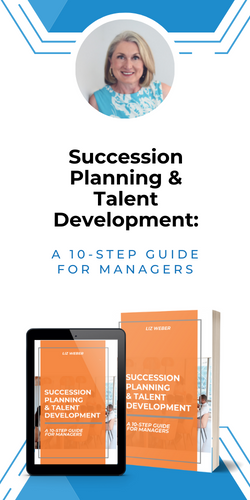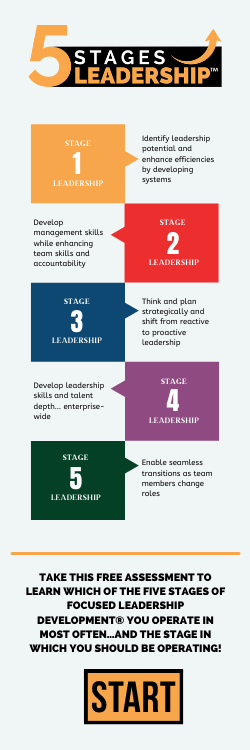
What do you do when your organization’s values mean nothing? Or, worse yet, they’re viewed by your employees with disdain? If you’re smart, you realize it’s time to do some of the hardest work you’ve ever had to do as a leader. If you’re not as bright as you believe you are, you’re not concerned because you’re making money and that’s what matters. Right? Wrong. When your organization’s values mean nothing, it’s one of the clearest signals being sent your way that there are serious flaws in your leadership and your leadership team, your organization’s culture, and your organization’s infrastructure.
When your organization’s values mean nothing to your employees, you’ve failed as a leader on several fronts.
When your employees roll their eyes at the mention of your organization’s values or dismissively flick their hands at your posted values statements when asked about modeling your organization’s values, you’ve got problems. This leadership tool that’s intended to draw your team together, is instead highlighting the rifts between your leaders and their respective departments, as well as the rifts between the leadership team and your employees. How have you managed to do this?
Failure to Model and be Consistent
The most common cause of these rifts is a basic failure for you the leader and your leadership team to uphold the values. Because of the rifts, you’ve no doubt failed to model the values yourself and you’ve failed to hold everyone accountable to them. Instead, you’ve allowed them to be applied randomly and punitively, so you’ve encouraged a ‘We/They’ culture to take hold.
Failure to Focus on the Right Metrics
Because of the rifts between leaders, departments, teams and the leadership team and employees, you’ve no doubt failed to focus on the people and have instead focused intently on other metrics. Metrics are crucial to every organization. However, focusing exclusively on the finances, output, turnaround, delivery, waste, error rates, sales, etc., and not including metrics on engagement, absences, sick leave, negative employee actions, on-boarding rates, etc., is short-sighted. When you do this, you’re overlooking the well-being and ‘viability’ of your most expensive and important asset: your employees. Without your employees, you have no organization so why aren’t you regularly focusing on what they need of you so they can continue to perform at their best?
Failure to Build an Infrastructure that Supports What’s Important
Because you’ve created a culture that works in sync with a limited set of metrics, you’ve no doubt also created an infrastructure of policies and procedures that support the metrics and not your people. If it takes months to hire or fire an employee, you’ve got an infrastructure problem. If it requires jumping through hoops for employees to talk with members of the leadership team, you’ve got an infrastructure problem. If it’s easier for your employees to just buy their own supplies than lobby and cajole their requests through your purchasing department, you’ve got an infrastructure problem. You’ve created an environment that creates roadblocks for your employees to jump over or work around. Your job as a leader is to clear roadblocks for your employees, not create them.
What to do when your organization’s values mean nothing
- First, have a conversation with your employees and admit this leadership failure. Admit your mistake in putting the metrics before the people.
- Second, outline for your employees your plan in 3-5 basic steps of how you and the leadership team are going to work to correct the mistakes and regain their trust.
- Third, work your plan and communicate your actions, successes and setbacks with your employees at least quarterly if not monthly.
- Fourth, as you close in on your first year of rebuilding your leadership team’s focus and actions, work with a diverse group of employees and review your organization’s values. Update them as needed to clearly state what behaviors are expected of everyone who works for or represents your organization.
- Fifth, share, celebrate and repost your organization’s values.
If you’ve modeled your values and then updated them correctly, your values will create a bond among you and your employees, because your organization’s values are simply a restatement of who you are as a team committed to each other and your mission. They won’t be viewed with disdain. They’ll be viewed with pride.
Copyright MMXVII – Liz Weber, CMC, CSP – Weber Business Services, LLC – www.WBSLLC.com +1.717.597.8890
Liz supports clients with strategic and succession planning, as well as leadership training and executive coaching. Learn more about Liz on LinkedIn!
























